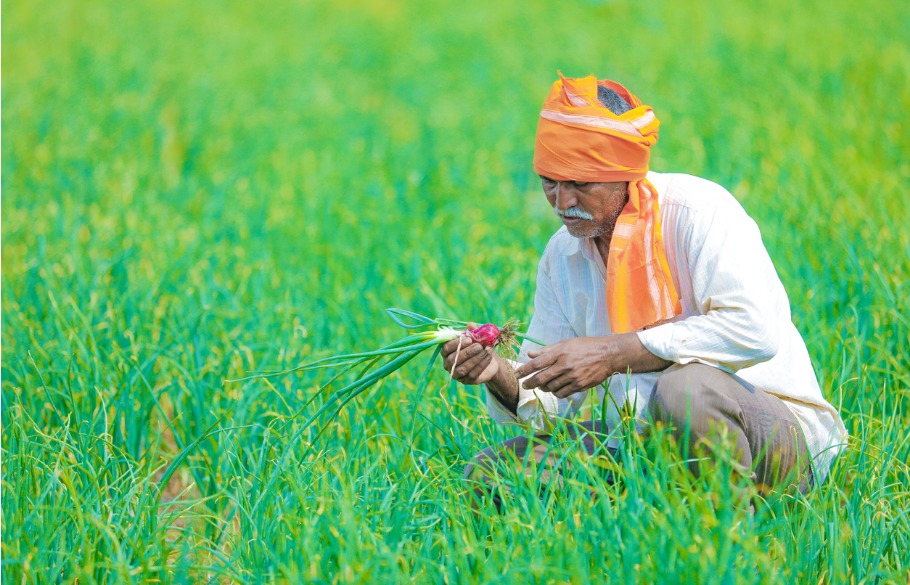
Hike in 2019 budgetary share of no avail as agri sector failed to take off
India’s agricultural income has not witnessed a major spike, despite the allocation of a substantial amount in the 2019 Union Budget.

India’s agricultural income has not witnessed a major spike, despite the allocation of a substantial amount in the 2019 Union Budget.
While speaking at the recently concluded World Economic Forum 2020, International Monetary Fund (IMF) chief economist Gita Gopinath said that one of the prime reasons for the country’s slowdown was the “weak rural income growth.”
According to statistics, over 50% of India’s rural population is dependent on agriculture for their livelihood and maintaining the health of the sector will help the economy and the people alike.
Also read: Tamil Nadu farmers demand Minimum Support Price on par with Chhattisgarh counterparts
The Modi government hiked the allocation for agriculture by 75% in 2019-20, taking the total amount allocated to ₹1.39 lakh crore from the previous ₹77,752 crore.
Of the last year’s allocation, ₹75,000 crore was given to the flagship PM KISAN scheme, thus, an effective increase in the remaining budget failed to percolate to the whole sector.
The PM KISAN or Pradhan Mantri Krishi Samman Nidhi scheme was launched ahead of the 2019 general elections. Under this scheme, the 12.6 crore small and marginal farmers in the country were promised ₹6000 per year alongside another major allocation of ₹14,000 crore made for the Pradhan Mantri Fasal Bima Yojana (PMFBY).
A total of 1.8 crore farmers have benefitted under the PMFBY and another 8.76 crore have been listed as beneficiaries of the PM KISAN scheme, around 70 percent of whom have received all three installments as on January 23, 2020.
Former banker and founder of Agri data analytics firm, Ravishankar Mantha told The Federal that it was too early to gauge the impact of the two schemes.
“An increase of even ₹500 to his income is substantial for a low-income farmer. But, for the farmers, there needs to be an assurance of its sustainability. We will need to wait for at least two to three years to see the actual outcome of these schemes,” he said.
Also read: High veggie prices put Modi govt in a new economic soup
The allocations may not boost the rural agricultural economy but it will increase the consumption power of farmers in the long run, in turn, creating a multiplier effect that can prevent the visible slowdown.
In macroeconomics, the multiplier effect refers to the change in economic variables due to the change in one economic factor.
For example, if a person deposits ₹1000 in a bank, it gets circulated in the market and reaches several stakeholders who then spend the amount as per their preferences. Thus, there is an addition of economic activity in multiples.
As Mantha suggests, at least two to three years of time will give farmers an assurance about the periodical earnings so they spend more which will increase the overall economic activity in rural areas, including the savings they deposit in banks, indicating the use of the macroeconomics theory of Multiplier Effect.


